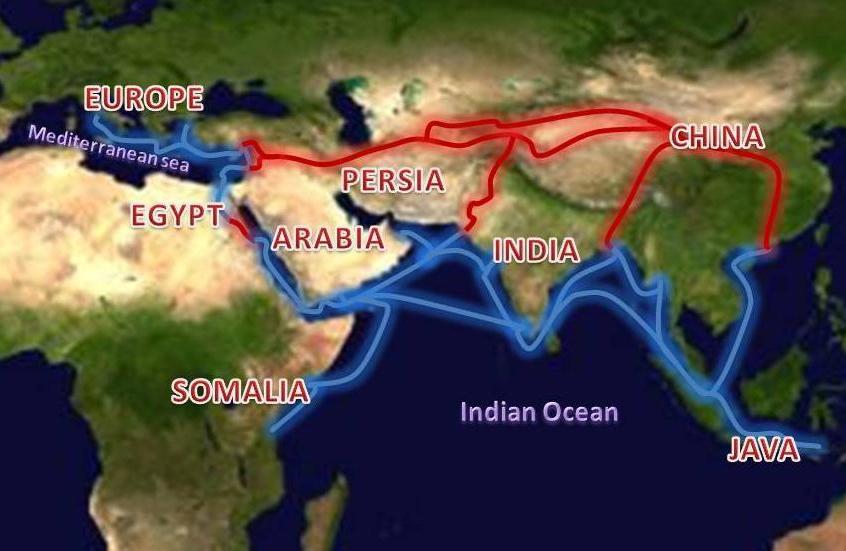Xi visits China’s iron brother: the China-Pakistan Economic Corridor
On April 20 and 21 Chinese President Xi Jinping paid its first visit to Islamabad since he took leadership in 2013. The long-awaited visit to China’s “iron brother”, originally supposed to take place last fall, waswelcomed by warm greetings from both sides, with Xi declaring he felt as if he was “going to visit the homeof [his] own brother.” Just before Xi’s arrival, a Chinese-authored ad-op on Pakistan’s Daily Time declaredthat China and Pakistan should “stand shoulder to shoulder and work hand-in-hand to open up an evenbrighter future of China-Pakistan relations,” ending with: “China-Pak dosti zindabad!” (Long Live thePakistan-China Friendship).
These declarations underline the importance of the China-Pakistani relations and highlight the strategicinterests underpinning the recent Chinese trip. Xi’s packed agenda included meetings with Pakistan’s topleaders: Prime Minister Nawaz Sharif, President Mamnoon Hussain, and Pakistan’s Chief of Army StafRaheel Sharif. As already announced days before the visit, the major focus of the talks has been the China-Pakistan Economic Corridor (CPEC) project, aimed at boosting connectivity between the two partners. TheCPEC would consist of a network of roads, railway and pipelines running for 3000km from the Chinese-financed port city of Gwadar, on Pakistan’s southern coast, to the trans-Himalayan Karakoram highway,connecting northern Pakistan to western China.
These infrastructures will allow the transit of goods andservices from the Arabian Sea and the Indian Ocean to China. The deal envisions a €43 billion Chinese investments for the CPEC and €9 billion for other infrastructureprojects. Such investments will bring in a breath of fresh air forr Pakistani struggling economy and will helpend its chronic power shortages, ensuring foreign direct investments in the country for the coming 15 years.
Meanwhile Beijing envisages this endeavor as critical to its “Go West” strategy, which combines an overlandroute across Central Asia and a maritime belt across the Indian Ocean to create a 21 st Century Silk Road. TheCPEC will allow Beijing to increase its trade with Europe, the Middle East and Africa.
Through a fullyoperational port in Gwadar China would be able to bypass thousands of miles of potentially vulnerable sealanes and directly import oil and natural gas from the nearby Middle East.
It is said that China may consider financing some of the later projects through the newly established AsianInfrastructure Investment Bank (AIIB) and the New Silk Road Fund (see our Article “China’s Asian Infrastructure Investment Bank: supporters and absentees”).
During the bilateral talks, Xi and Pakistan’s Prime Minister also discussed some security issues, includingChina’s concerns about Muslim separatists from Xinjiang region, who might be linking up with Pakistanimilitants. “China and Pakistan need to align security concerns more closely to strengthen security co-operation,” Xi said on Sunday.
With China set to provide Islamabad with eight submarines, the deepening relations between the twocountries are also being closely watched in New Delhi, worried about Pakistan matching its navalcapabilities. Just as with the AIIB, as well as the eforts to build a “string of pearls” across the Indian ocean,new investment deals makes even Washington nervous about potential Chinese predominance. However,by bringing much-needed investments in a region where stability issues are closely linked to economic stagnation, China could play a constructive role despite private interests.






